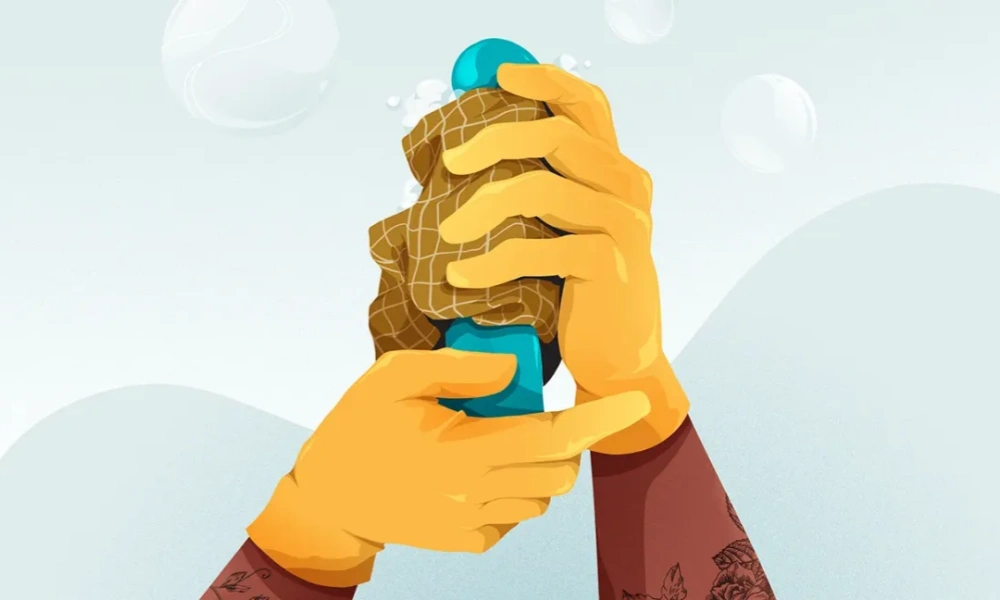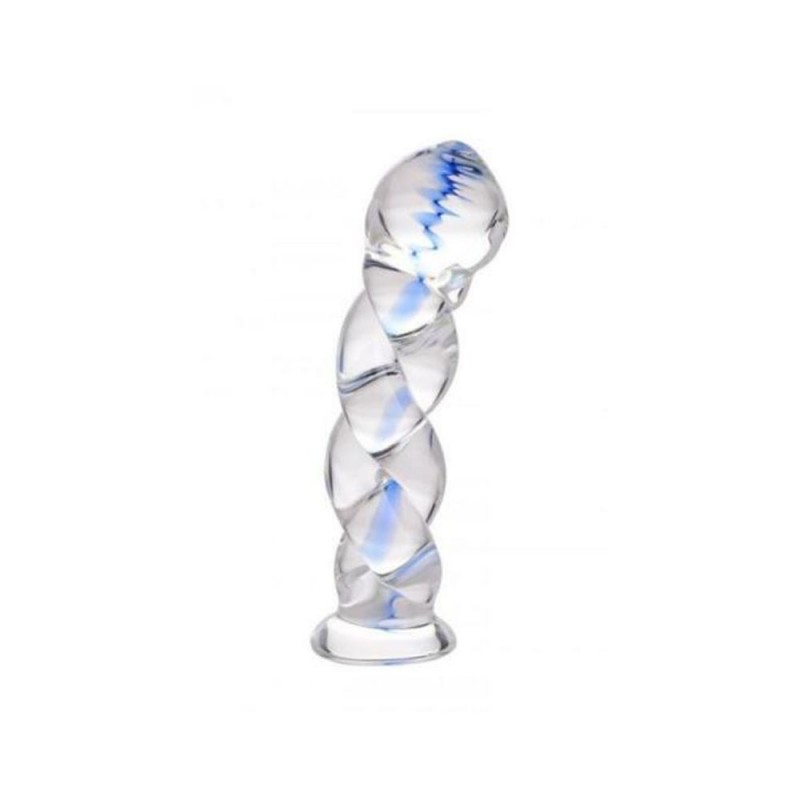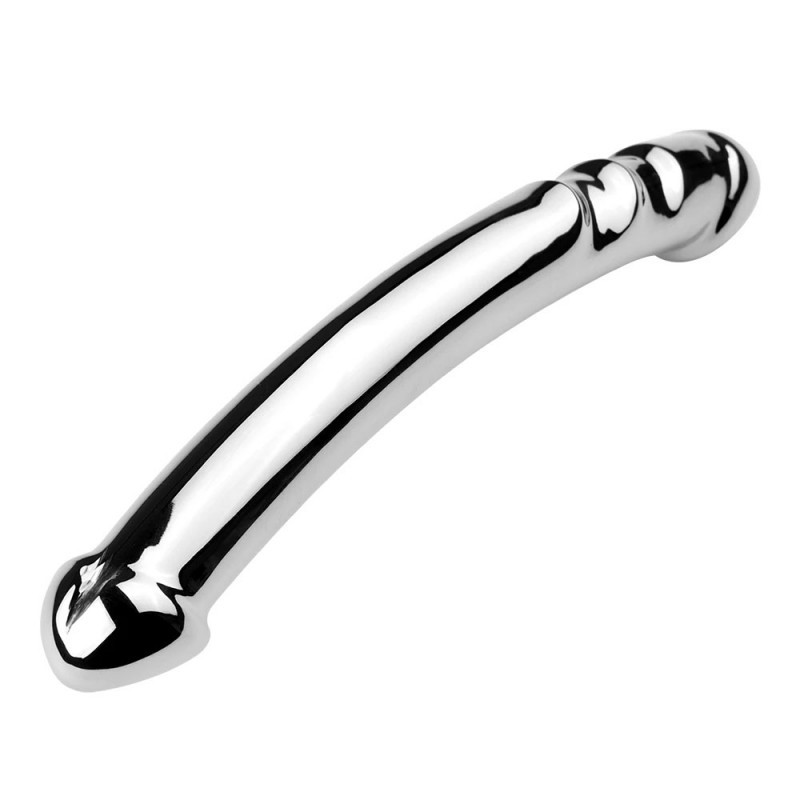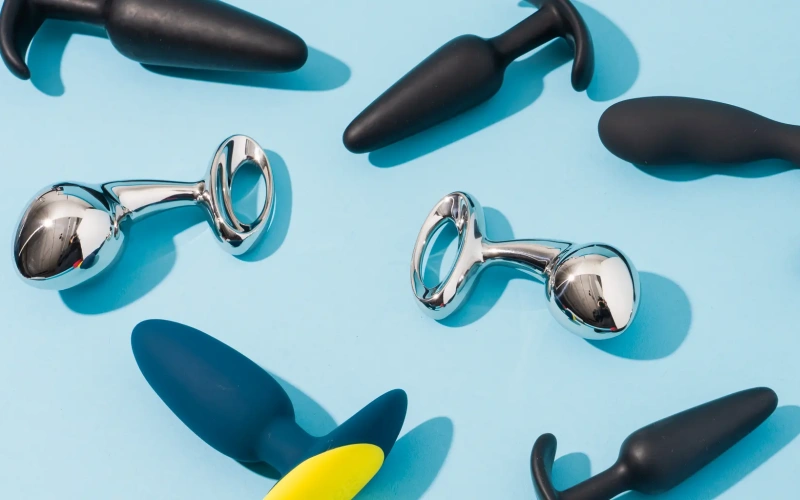Table of Contents
When the fun ends, most people think about cuddling, grabbing a snack, or drifting off to sleep. But one thing often overlooked? How to clean a dildo.
Skipping this step may seem harmless in the moment, but dirty toys can quickly become a health hazard. From yeast infections to bacterial vaginosis, or even the transfer of STIs, an unwashed dildo is far riskier than it looks.
In this guide, you’ll learn exactly how to clean a dildo properly—based on material type, with safe cleaning solutions, and storage tips that will keep your favorite toys in top condition.
Why Cleaning Your Dildo Matters
Sex toys come into close contact with your most sensitive body parts. Without cleaning, they can trap:
- Bodily fluids
- Lubricant residue
- Hair, lint, and dust
- Harmful bacteria and fungi
This buildup not only makes toys unpleasant to use but also raises your risk of infections. According to the CDC, proper cleaning and safer practices significantly reduce the risk of sexually transmitted infections (STIs).
Bottom line: regular cleaning is non-negotiable if you want safe, healthy, and satisfying play.
Step 1: Know Your Toy’s Material
Different sex toy materials require different care. Using the wrong cleaning method can damage your toy or make it unsafe.
Non-Porous Materials (Best Choice)
- Medical-grade silicone
- Stainless steel
- Borosilicate glass
- ABS plastic
- Natural stone
These are dense and resistant to bacteria, making them easy to sanitize and longer-lasting.
Porous Materials
- TPE, latex, or elastomer
- Jelly/rubber blends
- Cyberskin and similar “real-feel” toys
- Vinyl or leather
They feel soft, but their tiny pores can trap bacteria. Even careful washing may not remove everything, and these toys generally have shorter lifespans.
Step 2: Gather Your Cleaning Essentials
You don’t need a fancy arsenal. Just prepare:
- Mild, fragrance-free soap (avoid antibacterial soaps with triclosan)
- Warm running water
- A soft, lint-free cloth or towel
- A clean, ventilated area for drying
- Optional: a toy-safe cleaner for quick refreshes between thorough washes.

Step 3: How to Clean Non-Porous Dildos
- Rinse the toy under warm water.
- Apply mild soap and gently scrub the surface, including ridges or textures.
- Rinse thoroughly until no soap remains.
- (Optional) For stainless steel, borosilicate glass, or pure silicone without electronics:
- Boil for 5 minutes to fully sanitize.
- Or soak in a 10:1 water-to-bleach solution for 5 minutes, then rinse thoroughly.
- Air-dry completely before storing.
Some users try the dishwasher method (top rack, no detergent), but watch for residue—it’s not always reliable.
Step 4: How to Clean Porous Dildos
- Rinse quickly under lukewarm water.
- Use a small amount of mild soap and gently clean with your hands.
- Wipe away soap with a damp cloth rather than submerging.
- Pat dry with a soft towel, then allow to air-dry completely.
.webp)
.webp)
⚠️ Important: Replace porous toys if they develop odors, discoloration, or sticky residue.
Step 5: Cleaning Vibrators & Electronic Toys
- Never submerge unless marked waterproof.
- Use a damp, soapy cloth to clean the surface.
- Carefully avoid charging ports, switches, and seams.
- Wipe again with a clean damp cloth.
- Let fully dry before charging or storing.

For more on vibrators, check our vibrators guide.
Step 6: Proper Storage
- Ensure toys are 100% dry before storage.
- Store each toy in its own pouch or case.
- Avoid direct contact between different materials (especially silicone-to-silicone).
- Keep in a cool, dark place away from dust.
Step 7: Build a Cleaning Routine
Cleaning doesn’t have to be a chore. Make it part of your aftercare routine—right after rinsing off, showering, or changing sheets. It only takes a few minutes but keeps you safe and your toys lasting longer.
---FAQs
---Final Thoughts
Learning how to clean a dildo is about more than hygiene—it’s about protecting your health and enjoying worry-free pleasure. With the right materials, mild soap, and a few minutes of care, your toys will stay fresh, safe, and ready whenever you are.
For more guides on toy care and safe play, explore our resources at Clean and Maintain Your Masturbators.





.png)
.png)
.png)













